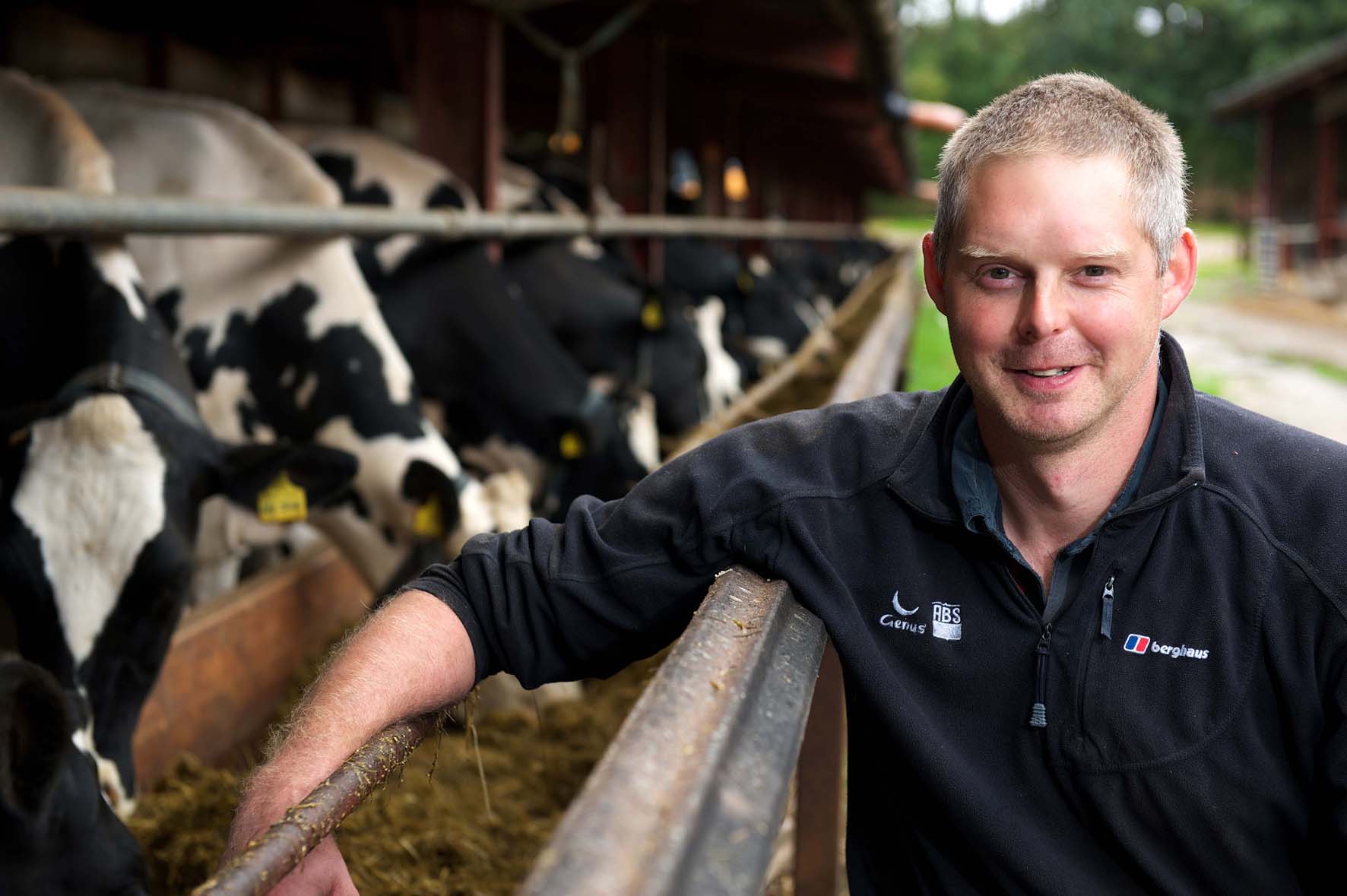Minimising drops in performance during diet changes
Diet changes are a fact of life on livestock farms. A clamp of silage is made up from many fields that vary in terms of quality of ley and harvesting conditions.On many farms, diet changes are exacerbated when other forages such as maize and wholecrop are added into the ration. What’s more, due to forage availability, some farms that grow maize have to feed it straight after harvest, yet the nutritional quality of maize silage changes dramatically in the 3 months after ensiling. Raw material availability can also result in diet changes as ingredients either become available or are in short supply.
These changes between feed ingredients can result in digestive upset for the cows as the rumen adapts to the new diet. This may result in a reduction in performance, and in the worst cases increased metabolic issues, this can impact on cow health and fertility.
But one farming family believes they have found a solution to this issue in the form of live yeast.
Family team, David, Janet, Chris & Cath Halhead, run a herd of 160 milk cows at Newland House Farm in Lancashire, milked through three DeLaval robots. The herd are housed all year around and average 10,500 litres at 3.8% fat and 3.2% protein. The milk is sold on a liquid contract to the Co-operative via Muller Wiseman Dairies.
The cows are cubicle housed and fed a total mixed ration once a day comprising grass and wholecrop silage, haylage, blend, molasses and minerals. The cows are also fed in the robots to yield; this encourages the cows to visit the milking machines more regularly.
“We have seen issues around diet change in the past, particularly when we take wholecrop out and start feeding first cut grass silage,” Chris explained. “We have been working with Mark Gorst from Advanced Nutrition for a couple of years and have discussed the issue in an attempt to find a solution. Mark suggested we add their new Rumisaf product to our TMR.”
Rumisaf is a bespoke farm pack product produced for Advanced Nutrition that contains Actisaf live yeast. This optimises rumen function by scouring oxygen from the rumen, stimulating fibrolytic bacteria, thereby increasing fibre digestion, and lactate-utilising bacteria. This in turn results in increasing and stablising the rumen pH. The net effect of this is an increase in dry matter intake, along with a reduction in digestive upsets and acidosis. Forage is therefore utilised more efficiently, which gives an all round improvement in feed conversion.
And adding Rumisaf has certainly worked. “The milk yields have been maintained even with a seasonal increase in days in milk since we introduced Rumisaf in May,” says Chris. “Mark undertakes regular dung sieving as part of our management routine and the results after including the Rumisaf into the ration show improved dung consistency and fibre digestion across the herd. What’s more, butterfats have improved, the cows look more content, with a shine to their coats and cudding scores have improved. Rumisaf is definitely working for us - we won’t be taking it out any time soon!”

